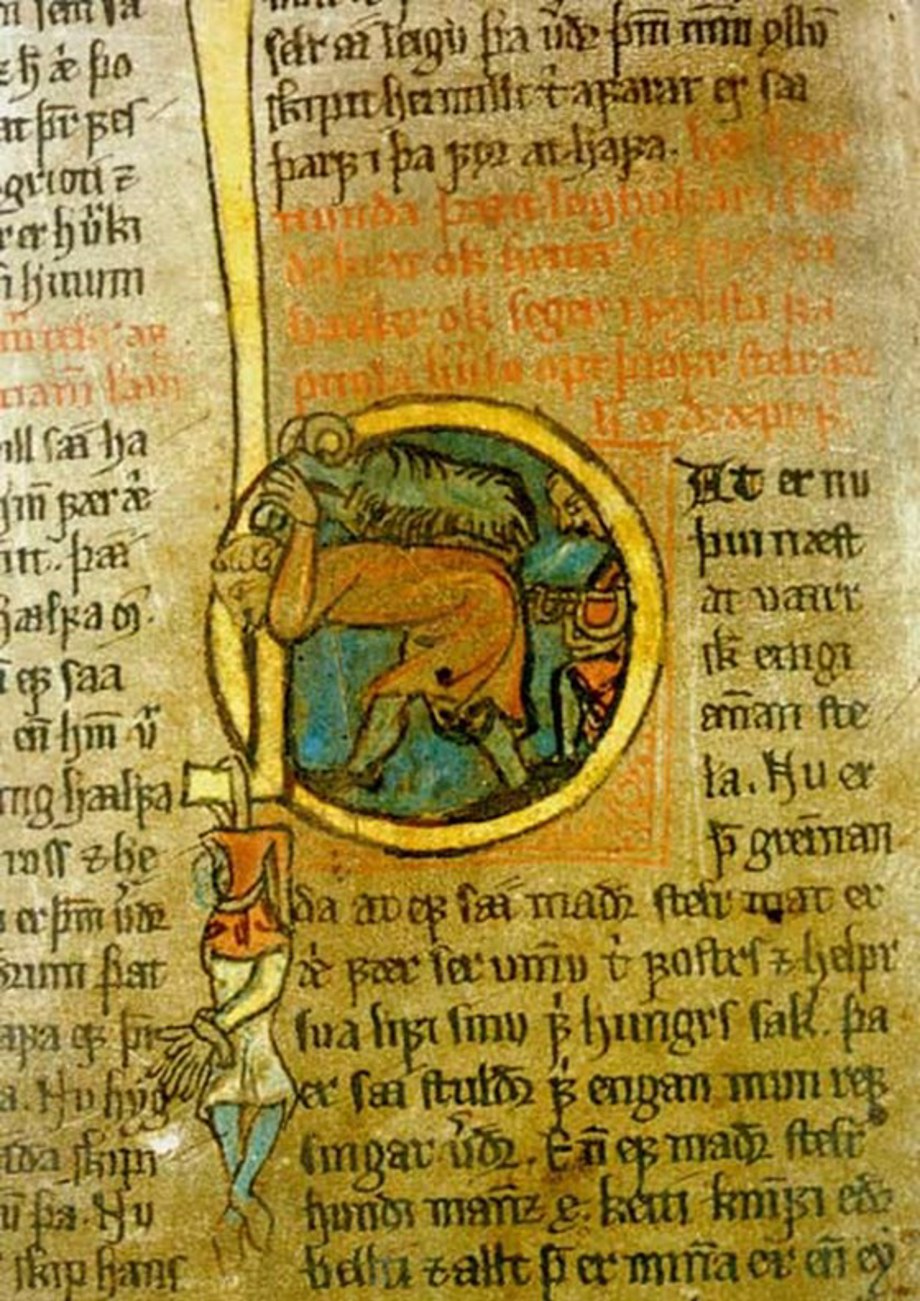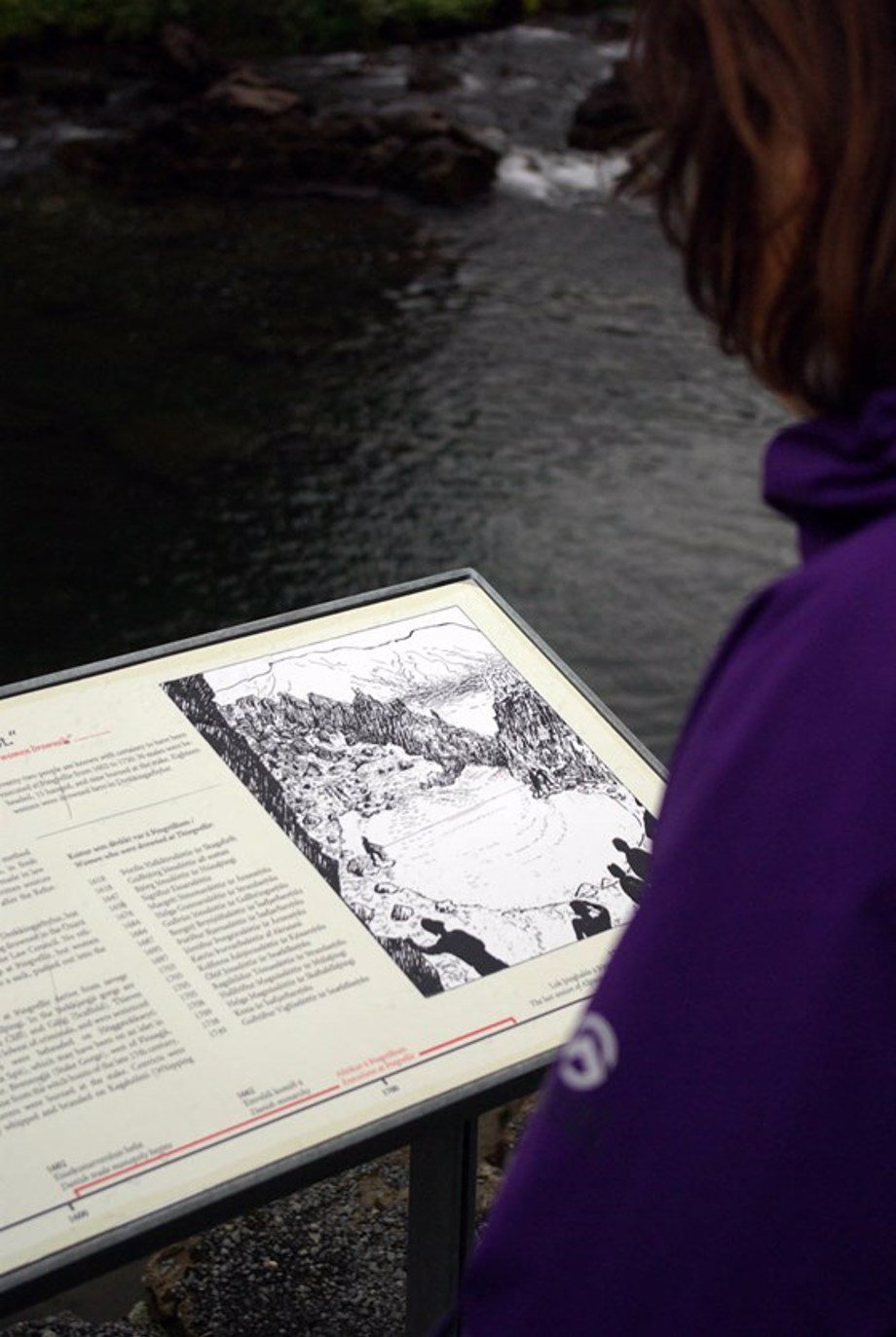Courts of law
After the conversion to Christianity in the year 1000, laws were among the first things written down in order to avoid disagreements. It's said that laws were first put in writing in the winter of 1117-1118 at Hafliði Másson's farm at Breiðabólsstaður in Vesturhóp.
The Commonwealth laws were later called Grágás and are preserved in some ancient manuscript formats and 2 parchments written in the final years of the Commonwealth period.
There were courts at the Alþing from its beginning, but around 960 four courts were appointed, one for each quarter of the country. Legal cases that had not been concluded at district assemblies could be sent to a Quarter Court at the Alþing. Then early in the 11th century, a Fifth Court was established by the Lögrétta, which could deal with cases that were left unresolved by the Quarter Courts.

The old collection of Icelands first laws was called Grágás. Images in the old manuscripts are often quite graphic.
During the Commonwealth period, the executive power was in the hands of chieftains and the individuals themselves.
When crimes were committed there was no central authority which could carry out judgments. Thus there were no executions or indeed any other punishments carried out at Þingvellir during that time.
When Icelanders fell under the authority of the King of Norway, implementation of power was transferred to the king's officials, the district magistrates. In 1281 Jónsbók was approved as a book of law and became the basis for legal procedures in Iceland for the following centuries. It's said that no book in Iceland has been more widely read or more often learned by heart than Jónsbók.

Drekkingarhylur is the site where women were drowned who had been found guilty under the Great verdict.
Þingvellir National Park
In 1281, with the approval of Jónsbók, a book of law, and the transfer of judicial power to the Norwegian king's officials, punishments became more severe than they had been during the Commonwealth period.
With the legalisation of Stóridómur, the "Great Judgment", in 1564, the frequency of corporal punishment at Þingvellir increased significantly. Place names such as Drowning Pool, Gallows Rock and others, remain as a reminder of grimmer times.